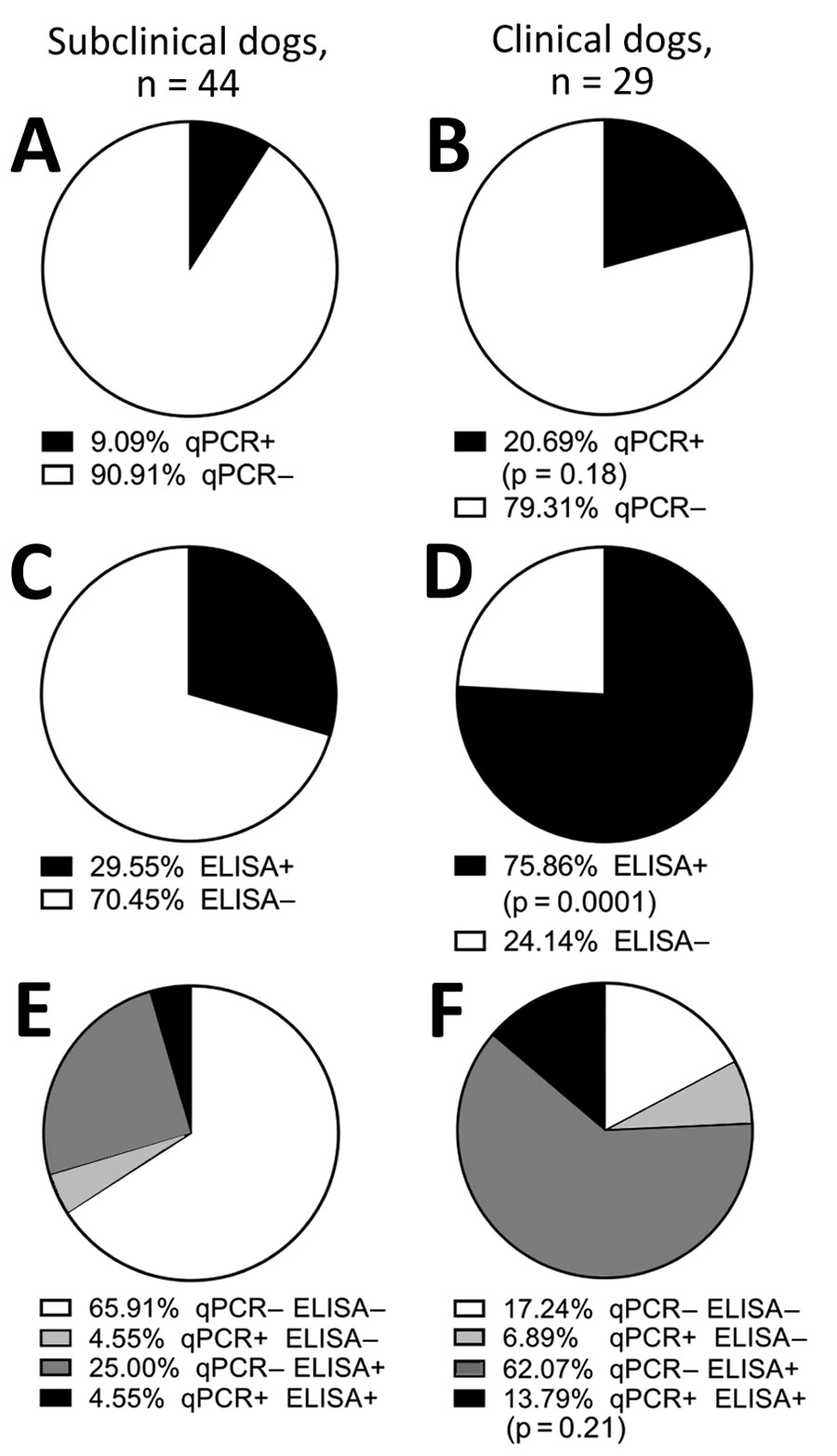Dogs as Reservoirs for Leishmania donovani, Bihar, India, 2018–2022
Anurag Kumar Kushwaha
1, Ashish Shukla
1, Breanna M. Scorza, Rahul Chaubey, Dharmendra Kumar Maurya, Tulika Kumari Rai, Shyamali Yaduvanshi, Shweta Srivastava, Gaetano Oliva, Epke A. Le Rutte, Rajiv Kumar, Om Prakash Singh, Puja Tiwary, Shakti Kumar Singh, Scott A. Bernhardt, Phillip Lawyer, Edgar Rowton, Christine A. Petersen
1
, and Shyam Sundar
1
Author affiliation: Banaras Hindu University, Varanasi, India (A.K. Kushwaha, A. Shukla, D.K. Maurya, T.K. Rai, S. Yaduvanshi, S. Srivastava, R. Kumar, O.P. Singh, P. Tiwary); University of Iowa, Iowa City, Iowa, USA (B.M. Scorza, C.A. Petersen); Kala-Azar Medical Research Center, Muzaffarpur, India (R. Chaubey, S. Sundar); University of Naples Federico II, Naples, Italy (G. Oliva), Swiss Tropical and Public Health Institute, Basel, Switzerland (E.A. Le Rutte); National Museum of Natural History, New Delhi, India (S.K. Singh); Utah State University, Logan, Utah, USA (S.A. Bernhardt); Walter Reed Army Institute for Research, Silver Spring, Maryland, USA (P. Lawyer, E. Rowton)
Main Article
Figure 2

Figure 2. Seropositivity among endemic dogs with clinical signs consistent with CanL from the Muzaffarpur district in a study of dogs as reservoirs for Leishmania donovani, Bihar, India, 2018–2022. A,C,E) Results from subclinical (healthy) dogs; B,D,F) results from dogs with >2 clinical signs of CanL. Percentage of positive (black) versus negative (white) results by kinetoplastid-targeted qPCR or by rK39 ELISA are shown. E,F) Percentage of dogs with single-positive or double-positive diagnostic status among subclinical dogs (E) and clinical dogs (F). Statistical significance between subclinical and clinical groups measured by Fisher exact test. CanL, canine leishmaniosis; qPCR, quantitative PCR; +, positive; −, negative.
Main Article
Page created: October 30, 2024
Page updated: November 26, 2024
Page reviewed: November 26, 2024
The conclusions, findings, and opinions expressed by authors contributing to this journal do not necessarily reflect the official position of the U.S. Department of Health and Human Services, the Public Health Service, the Centers for Disease Control and Prevention, or the authors' affiliated institutions. Use of trade names is for identification only and does not imply endorsement by any of the groups named above.
